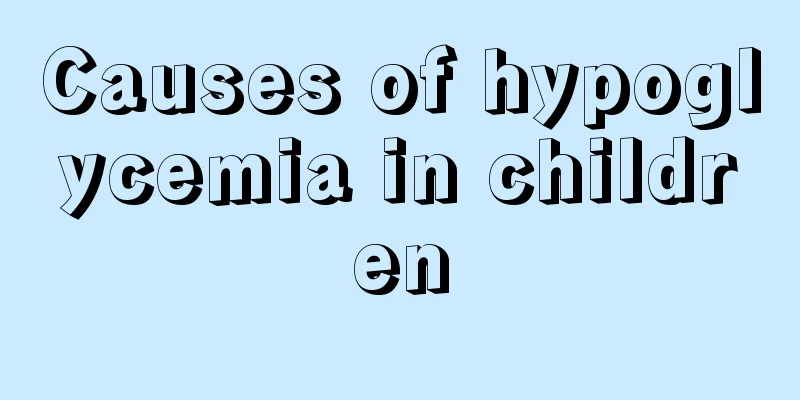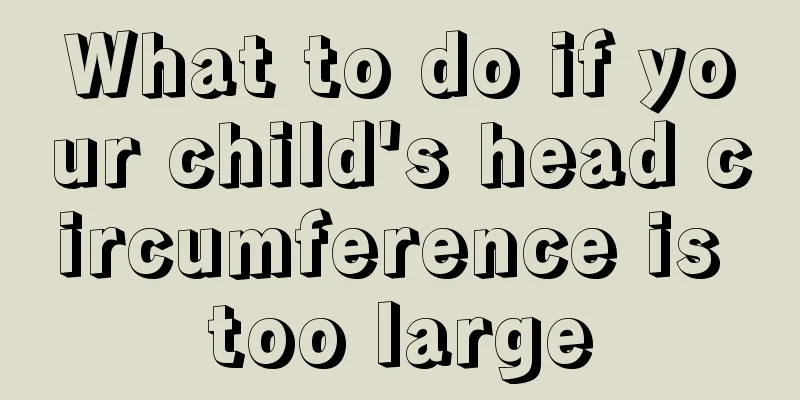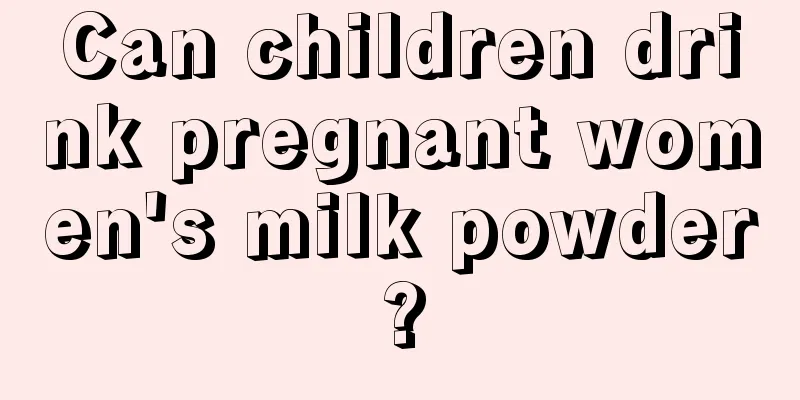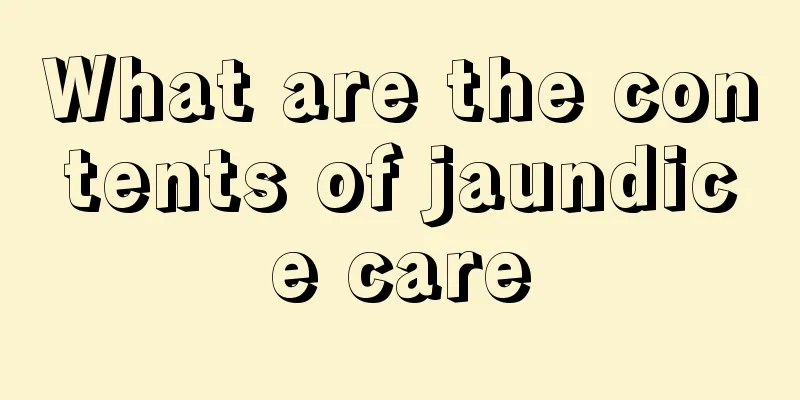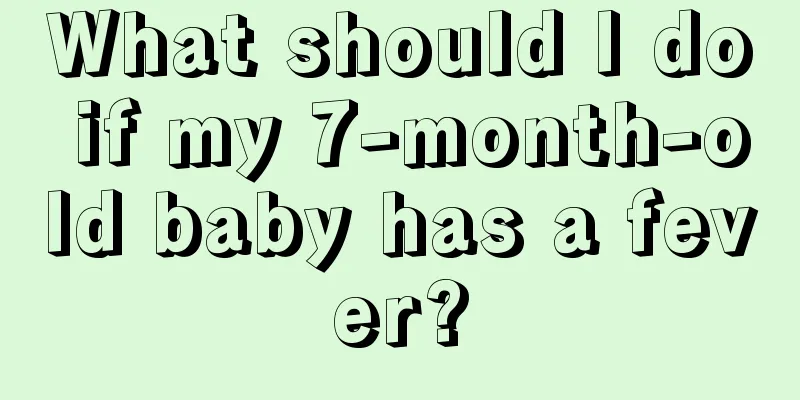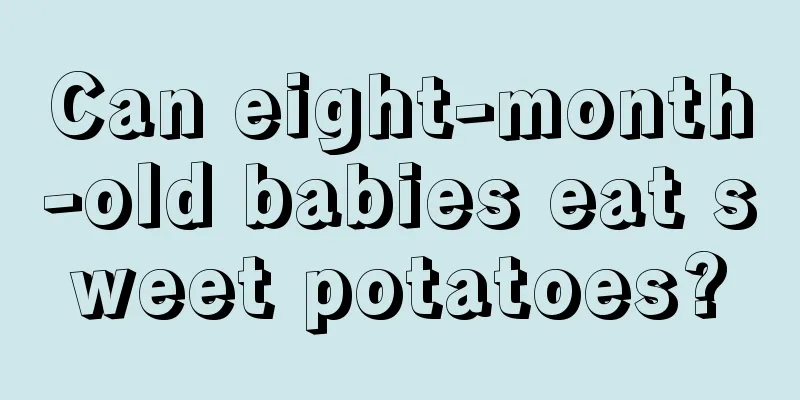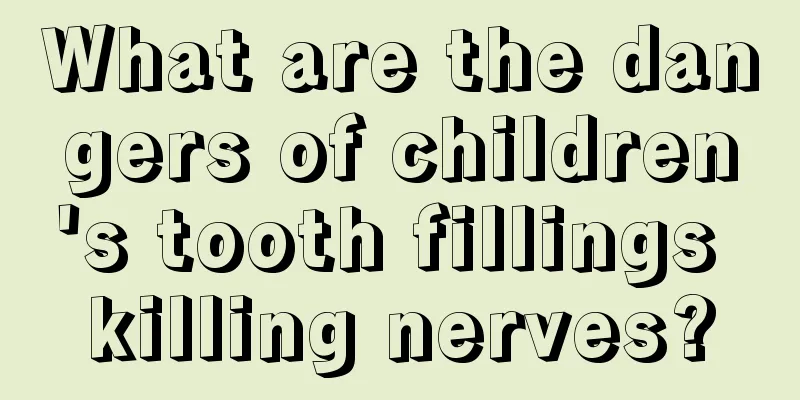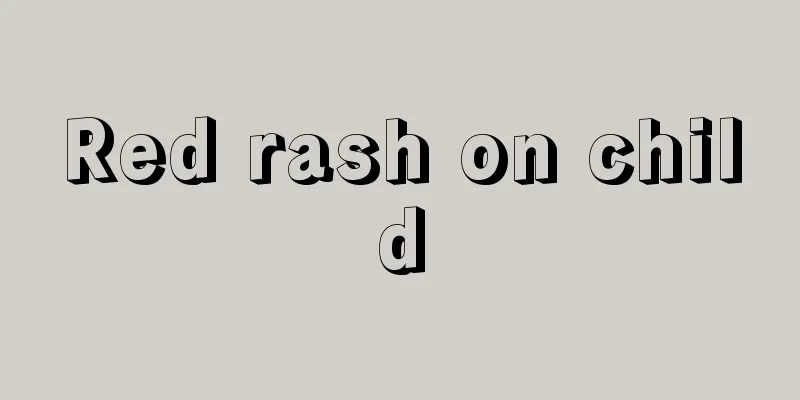What to do if children have a cold, fever or cough
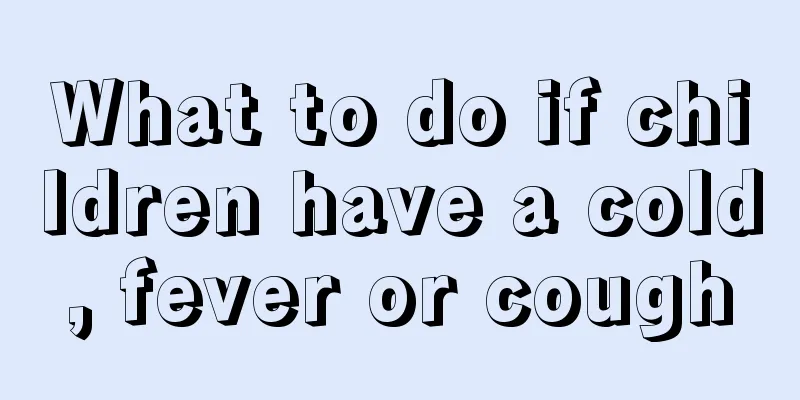
|
In our daily life, children's immunity is relatively low, so colds, fevers and coughs are common. Although common, they also bring considerable troubles to parents. We should pay more attention in our daily lives and try our best to keep our children healthy. Now we will introduce in detail a series of situations in which children have colds, fevers and coughs. The child has a fever. Fever is not a disease, it is like an alarm bell for the body, reminding you that something abnormal is happening inside the body. At the same time, fever is also a defense measure of our body against pathogenic microorganisms. To a certain extent, appropriate fever is beneficial to enhance the body's resistance and eliminate pathogens. Therefore, fever is not entirely a bad thing. So if the child does not have a high fever, do not rush to reduce the fever immediately, otherwise it will hide the real cause of the disease. There are many causes of fever in children: upper respiratory tract infection, gastroenteritis, tonsillitis, pneumonia and all infectious diseases may cause fever symptoms. In addition, babies under one year old may also develop fever due to urinary tract infections, gastrointestinal diseases, and hand, foot and mouth disease. Bacteria and viruses are the most common sources of infection for babies. The treatment methods for fever caused by these two situations are completely different. If it is a bacterial infection, the treatment effect will be very good as long as the right antibiotics are chosen. If it is a viral infection, there is currently no specific medicine. You can take Virus Ling, Isatis Root Granules, Honeysuckle, etc. Fever caused by viral infection Whether to give children antipyretics requires weighing the pros and cons. Of course, medicine can improve the child's condition and make the baby feel more comfortable; but it is also likely to bring some side effects. The World Health Organization recommends that no antipyretic drugs should be used for infants under 2 months old. In general, antipyretic drugs should only be used for children with high fever, or if the child's temperature has not dropped despite many measures you have taken, you need to give your baby some antipyretic drugs. But the method and dosage must be followed according to the doctor's instructions. Recommendation: Do not give your child antipyretics until the body temperature exceeds 38.5 degrees Celsius. If your child has a history of high fever convulsions, you may give him or her antipyretics when the temperature reaches 38 degrees Celsius. The above introduces in detail the symptoms of cold, cough and fever in children. From the above introduction, we can know that children’s immunity is very important. We should strengthen protection in this aspect and try to create a healthy and safe living environment for children. I hope the above introduction can help everyone in life. I wish you all a happy life. |
<<: What to do if your seven-month-old baby has diarrhea
>>: How to protect children's teeth with white spots
Recommend
What are the sequelae of a 5-year-old child having a fever and convulsions?
We all know that children will have resistance as...
Do babies need to take a bath every day?
Children need to develop good living habits from ...
Can garlic cure a child's cough?
The low temperature in winter is particularly lik...
What to do if a 12-year-old child has a persistent high fever
Children aged 12 are in the growth and developmen...
Why are children so sleepy?
If you have children at home, you will definitely...
What medicine should my baby take if he has a severe runny nose?
Although babies cannot take medicine when they ha...
What should I do if my two-year-old baby has poor digestion?
Many children usually don’t like to eat with big ...
What to do if your child has a runny nose and sneezes
Everyone knows that colds can have various compli...
What to do if your baby always has nosebleeds
Nosebleed is something that can easily make peopl...
White spots on baby's legs
Although melanin can make the skin darker, dull a...
2 month old baby suddenly cried when sleeping, what's going on?
The physical condition of babies is different at ...
What is minimally invasive hernia surgery?
Generally, newborns or the elderly are more likel...
What foods should children eat when they have diarrhea? These seven are worth recommending
Children often have diarrhea symptoms. At this ti...
What is missing when a child sleepwalks?
Many people think that sleepwalking is a scary th...
What is the reason for vertical lines on children's nails?
In daily life, every family has one or two childr...
